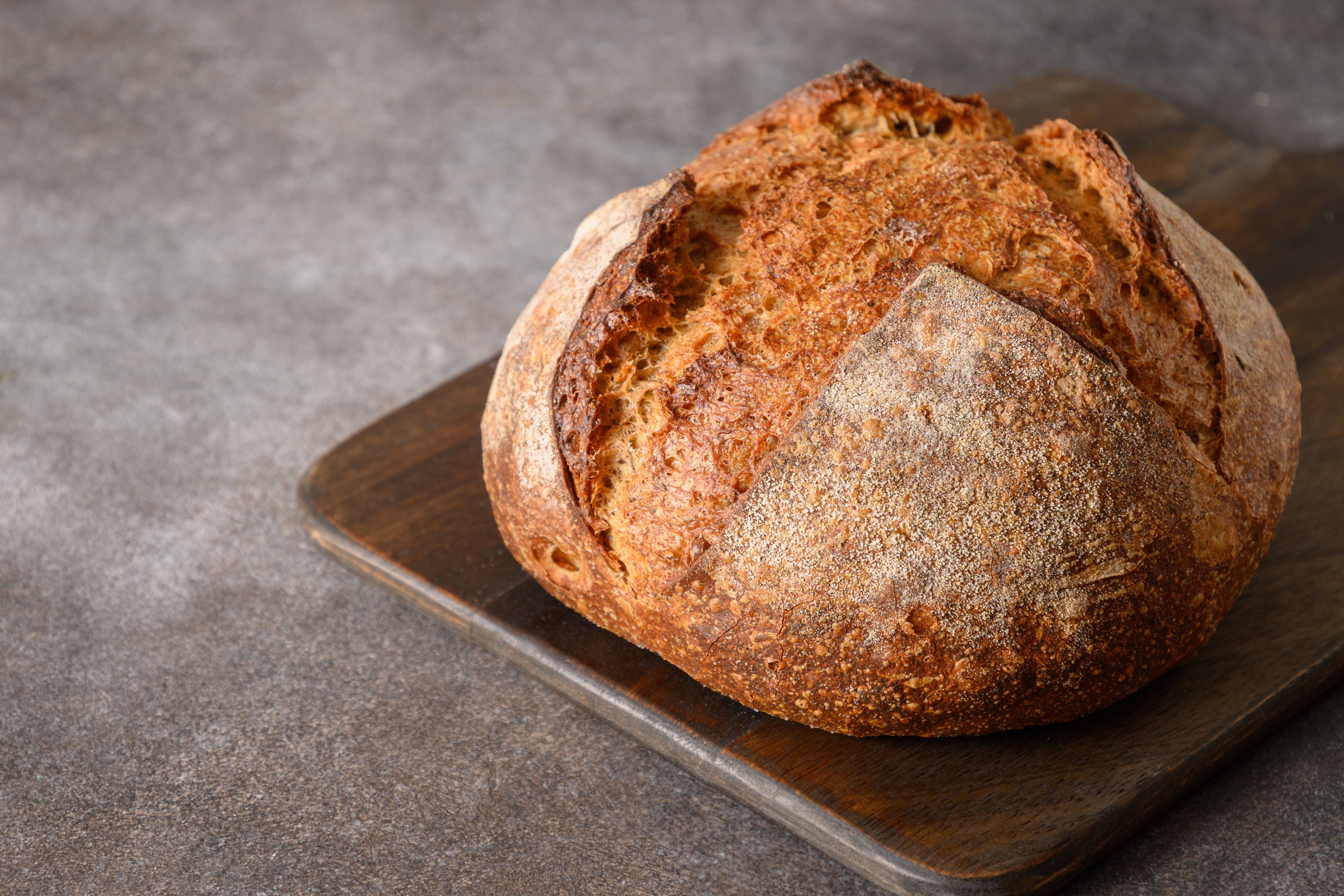The Healthy Food Hoax Popular Picks Secretly Sabotaging Your Blood Pressure
3. The Salt Content in Whole Grain Bread

Whole grain bread is a staple in many diets, valued for its fiber content and potential to support heart health. However, the sodium content in bread is often overlooked, with some varieties containing significant amounts of salt. Sodium is used in bread not only for flavor but also for its role in the baking process, affecting dough consistency and shelf life. Consuming multiple servings of bread daily can lead to substantial sodium intake, contributing to elevated blood pressure levels. To address this issue, consumers should read labels carefully, opting for bread with lower sodium content. Some bakeries and brands offer reduced-sodium options, which can be a better choice for those monitoring their blood pressure. Additionally, incorporating other whole grains like quinoa or brown rice into the diet can provide similar health benefits without the added sodium. By being mindful of the sodium content in whole grain bread, individuals can continue to enjoy its benefits while minimizing the risk of hypertension.
4. The Caffeine Conundrum in Green Tea

Green tea is often hailed for its antioxidant properties and potential health benefits, including improved brain function and fat loss. However, green tea contains caffeine, a stimulant that can raise blood pressure in some individuals, particularly those who are sensitive to caffeine or consume it in large quantities. While moderate caffeine intake is generally considered safe, excessive consumption can lead to temporary spikes in blood pressure and increased heart rate. For those concerned about caffeine's impact on blood pressure, opting for decaffeinated green tea can be a viable alternative. Additionally, limiting overall caffeine intake from other sources, such as coffee and energy drinks, can help maintain healthy blood pressure levels. Understanding the caffeine content in green tea and its potential effects is crucial for individuals managing hypertension or those at risk of developing the condition.
